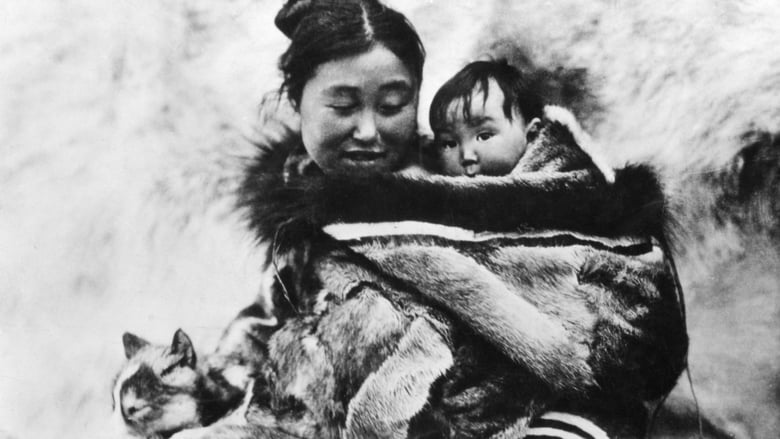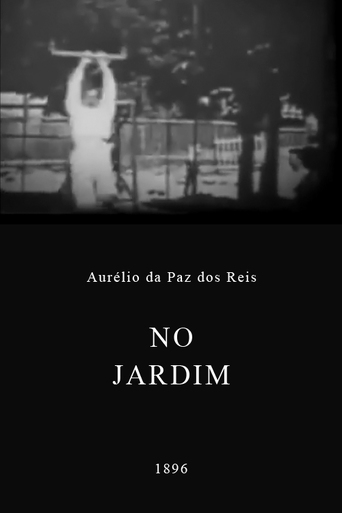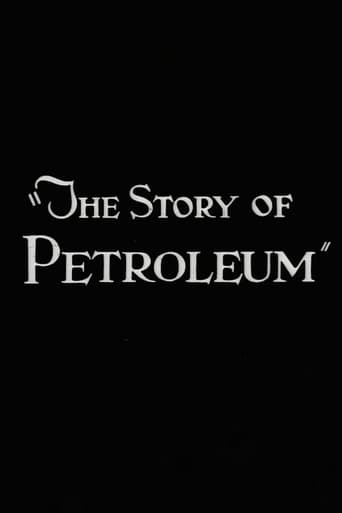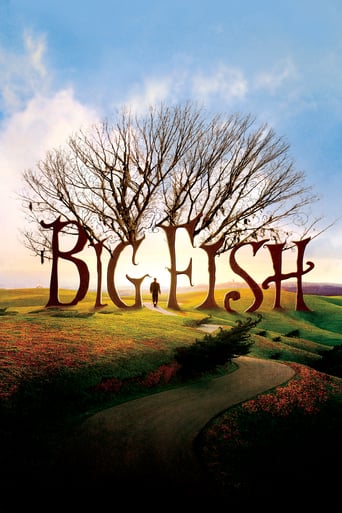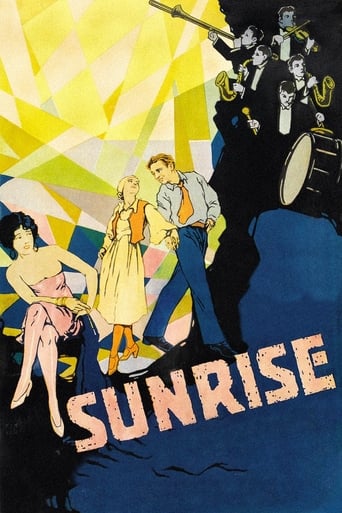Nanook of the North (1922)
This pioneering documentary film depicts the lives of the indigenous Inuit people of Canada's northern Quebec region. Although the production contains some fictional elements, it vividly shows how its resourceful subjects survive in such a harsh climate, revealing how they construct their igloo homes and find food by hunting and fishing. The film also captures the beautiful, if unforgiving, frozen landscape of the Great White North, far removed from conventional civilization.
Watch Trailer
Free Trial Channels
Cast


Similar titles
Reviews
A waste of 90 minutes of my life
A Disappointing Continuation
Very interesting film. Was caught on the premise when seeing the trailer but unsure as to what the outcome would be for the showing. As it turns out, it was a very good film.
There's a more than satisfactory amount of boom-boom in the movie's trim running time.
Explorer Robert J. Flaherty spent the majority of 1914 and 1915 along the Hudson Bay, doing research and exploring for a Canadian railway company. Being a keen photographer and potential film-maker, he took a camera along with him. He shot 30,000 feet of film, of the native Eskimo tribes and their alien, hunter-gatherer lifestyle. The test footage was met with universal excitement, only Flaherty dropped a cigarette on the highly-flammable nitrate film-stock whilst editing, and lost it all. He would return, only this time with the sole intent on making a narrative- driven documentary, about one specific family of Eskimos, and their highly-charismatic leader Nanook, a legendary hunter.Though it is now widely heralded as a masterpiece, and the film that gave birth to the documentary genre, the film is often criticised for its obviously staged dramatic scenes, and truth-manipulation in the search for a coherent narrative and to inject the film with an air of excitement and wonder. Personally, I have no problem with this approach, after all, one of my favourite directors Werner Herzog frequently does this in his documentary films to create a sort of artistic truth, opposed to the point-the-camera approach of cinema verite. In the modern age, we are treated to high-definition, sweeping footage of some of the most exotic and hostile corners of the planet, so it's a marvel to see where it all started, and Flaherty, faced with early, clunky film equipment and relatively little experience of film-making, created a magical documentary for an audience that, back then, knew little about the world outside their own country.Amongst the many set-pieces we are treated to, the greatest (and much- celebrated) is the building of the igloo. We watch Nanook build it with skilled precision, slab by slab, and even incorporate a window feature, in order to give the igloo some warmth, and a chunk of ice by the side of it to divert the sun's rays. With many Eskimos now adopting Western aspects into their livelihood, the film is definitely a window into the past (the Eskimos had in fact already done this, and even wore Western clothes, but Flaherty persuaded them to revert back in order to give the film more of a sense of wonder). For a film-maker who had only taken a three-week course in cinematography prior to Nanook, the film is rich with beautiful imagery. The scene that watches the family trudge into the distance as the mist blows over the snowy surface like fleeing ghosts, gives the film a gorgeous, eerie quality. If you can forgive the film's manipulations, then this is still one of the greatest documentaries features ever produced, and Nanook (real name Allakariallak) proves to be a charming protagonist.www.the-wrath-of-blog.blogspot.com
for its day, "Nanook..." was well done, despite the liberties taken by Flaherty, the director.it can be argued that there is no such thing as a "true" documentary.that the director cannot be wholly objective.however, what Flaherty achieved here in this film is remarkable and significant for film-making.I saw this film tonight on TCM as part of a special monthly series on Native Americans.it was specifically mentioned that Allakariallak, who played Nanook, did not die from starvation, as several reviews here on IMDb.com have stated.He died from tuberculosis.
Nanook of the North was a delight to watch from start to finish. What is captured on film is a priceless glimpse into an Eskimo family's life from the early days of film-making. Some people consider the film to be pejorative; particularly in the portrayal of Nanook as simple-minded enough to think little people live inside a phonograph speaker; or in the next frame where he is portrayed confusing a phonograph record with something to eat. I was not offended by this; conversely, considering when the film was made these scenes were endearing to me. Ultimately, what I like best about this film are the close-ups of Nanook and his family, particularly his children. The emotions expressed on their faces when they are happy and playful or sad and afraid reveal the universal link we all share as humans. It is a link that transcends the vast spaces of both cultural distance and time. The film is a masterpiece!
This is one of the highlights in touching cinema IMO. Flaherty showed the world a harsh environment in a time when Cinema , radio and other ways of spreading the news was hardly available. he shows us a pure way of living , just touching the modern wonders of industrial civilization.Nannook , and his happy-go-lucky family manage barely to stay alive in their harsh conditions.still enjoying all things human.they laugh when having fun , they depend on each other , they make the best of live... Unbelievable how they can survive in an environment , without wood , metal , wool or whatever. they totally depend on animal harvest. in the DVD i saw there was a part in which Flaherty's wife explained the impact this film had in the 20-ies when it hit the world cinema's.... she also tells us that in the end Nannok did not survive nature....he died of hunger some time after the film was released , and when news of his death reached civilization , from Tokyo the Paris , people where grieving the death of this 'fellow-human being that so warmly touched the hearts of men.


